Picture this: you’re cleaning out your garage when something scurries across the floor, tail raised high like a tiny weapon ready to strike. Your heart skips a beat as you spot what appears to be a miniature scorpion lurking in the shadows. But before you reach for the nearest shoe or flee the scene, take a closer look. That menacing-looking creature might just be one of nature’s most fascinating cases of mistaken identity.
The Master of Disguise Revealed
Meet the pseudoscorpion, a remarkable arachnid that has perfected the art of looking dangerous without actually being a threat. These tiny creatures, measuring just 2-8 millimeters in length, have evolved to mimic their much larger and more fearsome cousins. Their secret lies in their oversized pincers, which they hold high like a scorpion’s stinger, creating an illusion that has fooled countless observers.
What makes this mimicry even more impressive is that pseudoscorpions belong to the same class as true scorpions – Arachnida – but they’re actually more closely related to spiders. They’ve been around for over 380 million years, making them some of the oldest terrestrial arthropods on Earth.
The Anatomy of Deception
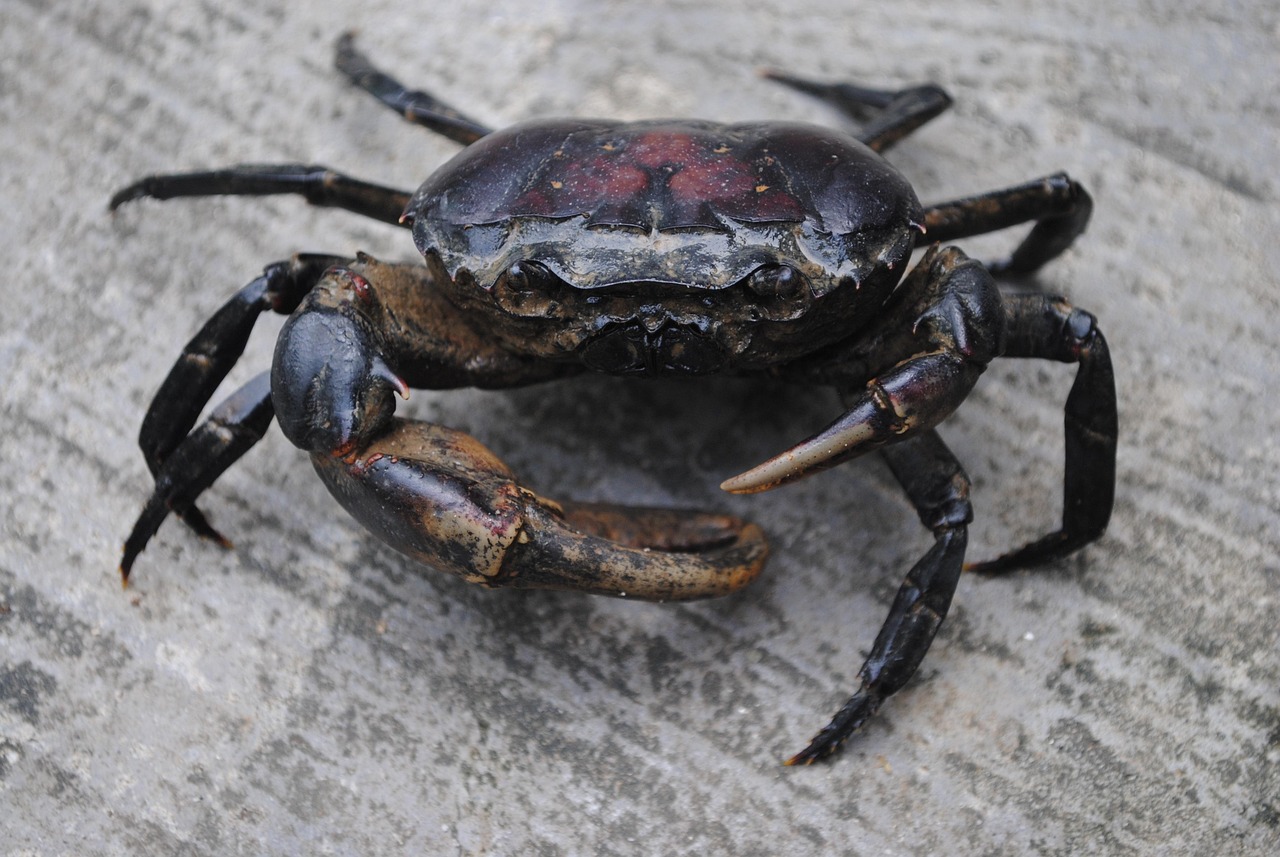
The pseudoscorpion’s body tells a story of evolutionary brilliance. Unlike true scorpions, these creatures lack the iconic curved tail with its venomous stinger. Instead, they compensate with enlarged pedipalps – specialized appendages that end in powerful chelae, or pincers. These pincers aren’t just for show; they’re incredibly functional tools used for hunting, defense, and even courtship rituals.
Their bodies are flattened and oval-shaped, typically brown or yellowish in color, allowing them to slip into the tiniest crevices where larger predators can’t follow. Some species even have silk-producing glands in their chelae, making them the only arachnids besides spiders capable of producing silk.
Where These Tiny Tricksters Hide
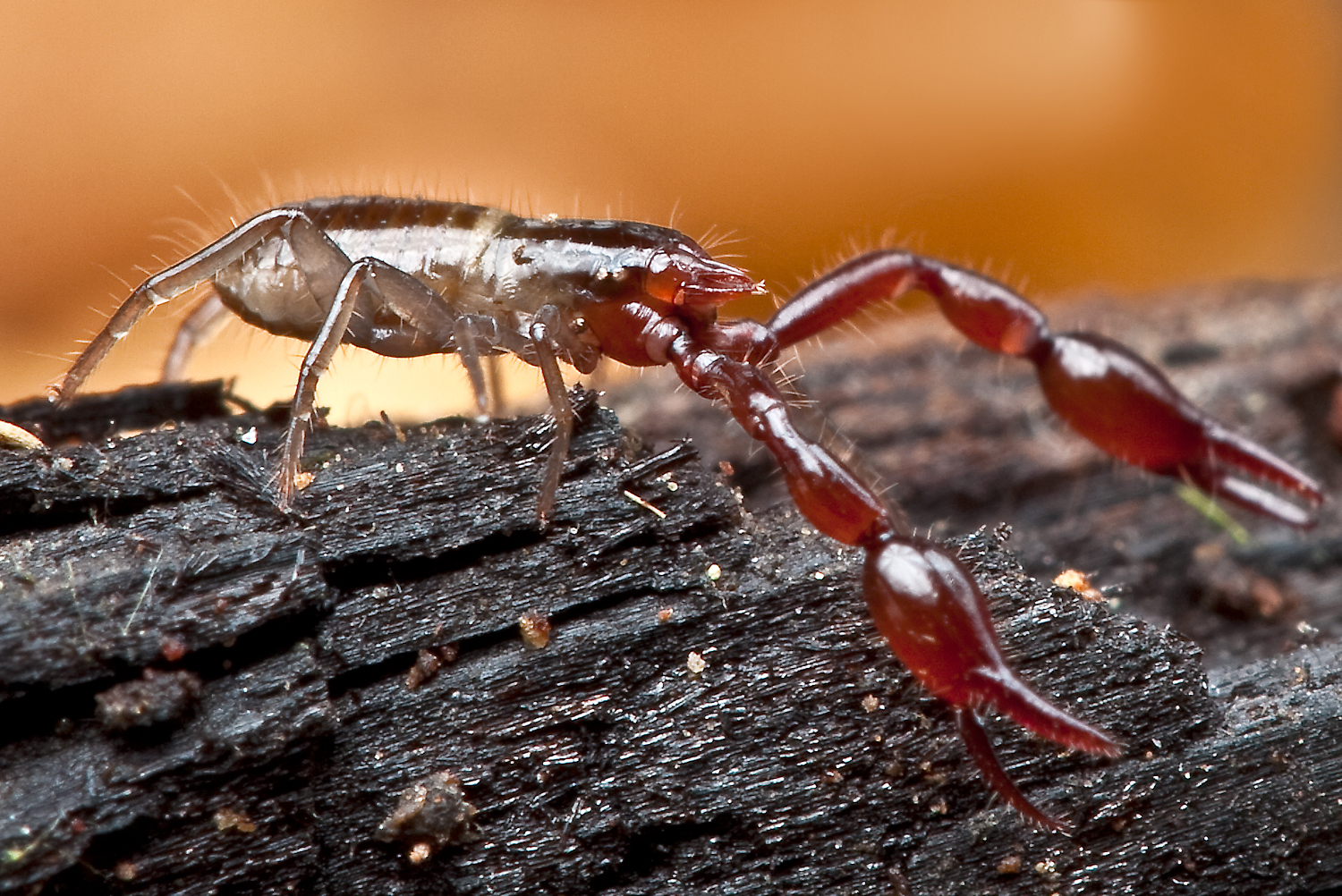
Pseudoscorpions are masters of the hidden world, thriving in environments where most people never think to look. You’ll find them under tree bark, in leaf litter, beneath stones, and yes, even in your own home. They’re particularly fond of old books, where they hunt for booklice and other tiny insects that feed on paper and glue.
These creatures are cosmopolitan, meaning they’ve spread to virtually every continent except Antarctica. Some species have even adapted to cave systems, developing enhanced sensory abilities to navigate in complete darkness. Their small size allows them to exploit microhabitats that larger predators simply can’t access.
The Hitchhiker’s Guide to Dispersal
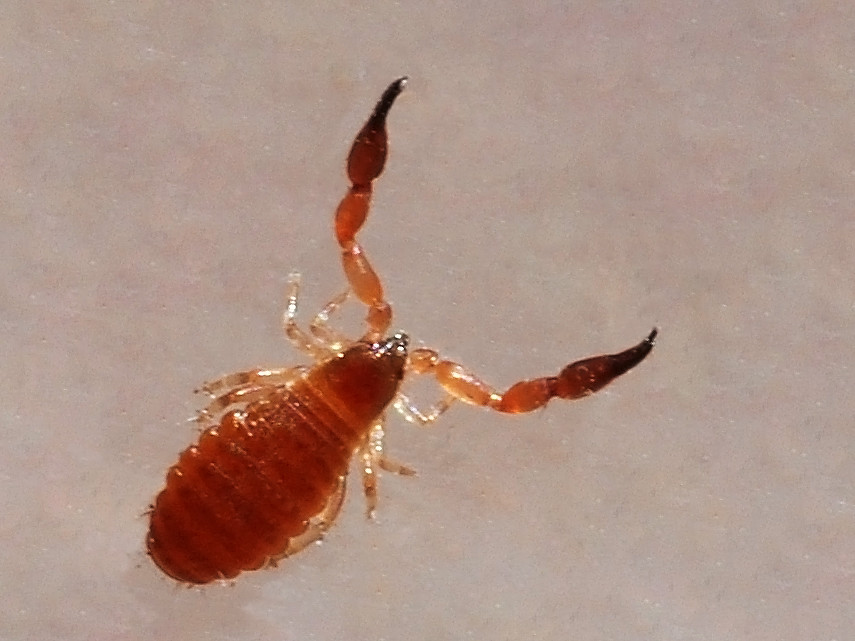
One of the most fascinating aspects of pseudoscorpion behavior is their method of long-distance travel. Since they can’t fly and their tiny legs aren’t built for marathon running, they’ve developed a clever solution: phoresy. This means they grab onto larger insects, particularly flying beetles, and ride them to new locations.
The pseudoscorpion uses its powerful pincers to clamp onto the leg or body of an unsuspecting host, holding on for dear life during the journey. Once they arrive at a suitable destination, they simply let go and begin exploring their new territory. This behavior has helped them colonize habitats across the globe, often arriving in places where they were never expected to survive.
Hunting Tactics of a Miniature Predator
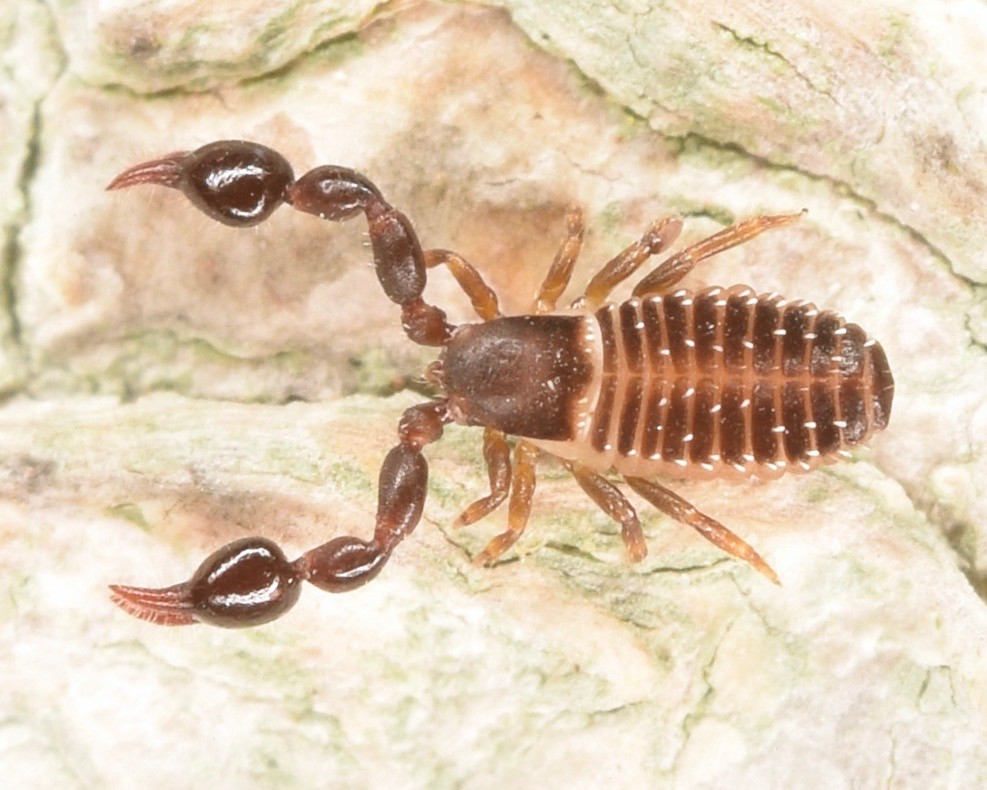
Don’t let their size fool you – pseudoscorpions are fierce predators in their microscopic world. They primarily hunt small insects, mites, and other tiny arthropods using a combination of stealth and power. Their hunting strategy involves remaining perfectly still until prey comes within striking distance, then launching a lightning-fast attack with their pincers.
What’s particularly impressive is their ability to subdue prey larger than themselves. They accomplish this by injecting venom through tiny ducts in their pincers – yes, they do have venom, just not in their non-existent tail. This venom paralyzes their victims, allowing the pseudoscorpion to feast at leisure.
The Secret Life of Pseudoscorpion Courtship
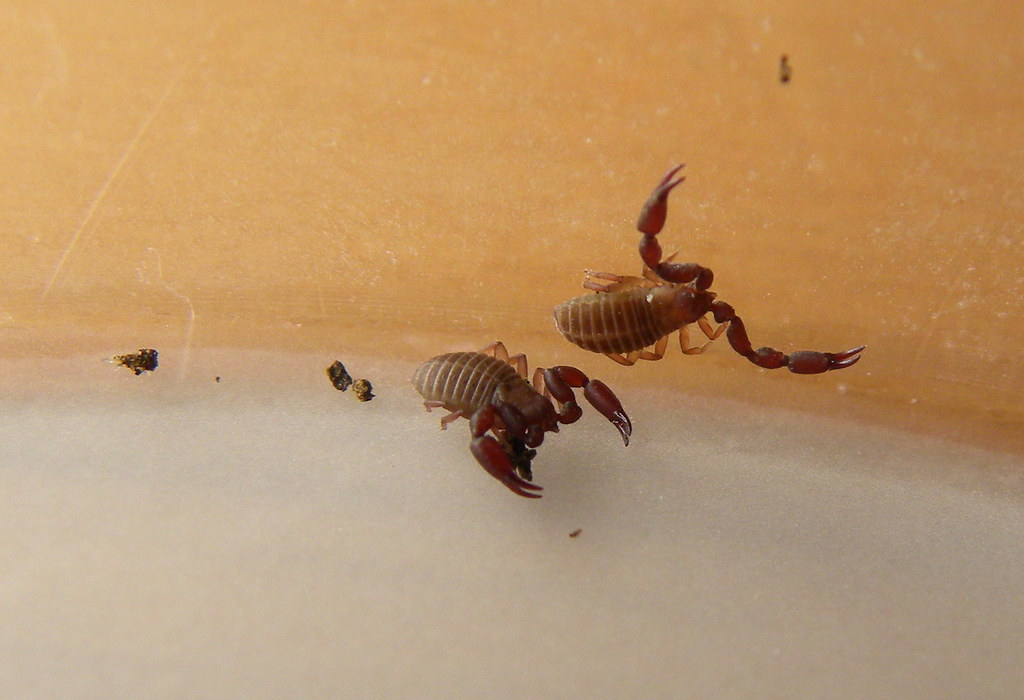
The mating rituals of pseudoscorpions are like something out of a miniature ballroom dance. Males produce elaborate courtship displays, using their pincers to create vibrations and chemical signals to attract females. Some species even engage in “dancing” where the male grasps the female’s pincers and leads her in a ritualistic waltz.
The male then deposits a spermatophore – a packet of sperm – on the ground and guides the female over it. After mating, females carry their eggs in a brood pouch attached to their abdomen, providing maternal care that’s surprisingly sophisticated for such tiny creatures. The young remain attached to their mother for several days after hatching, receiving protection and nourishment.
Silk Production: A Surprising Talent
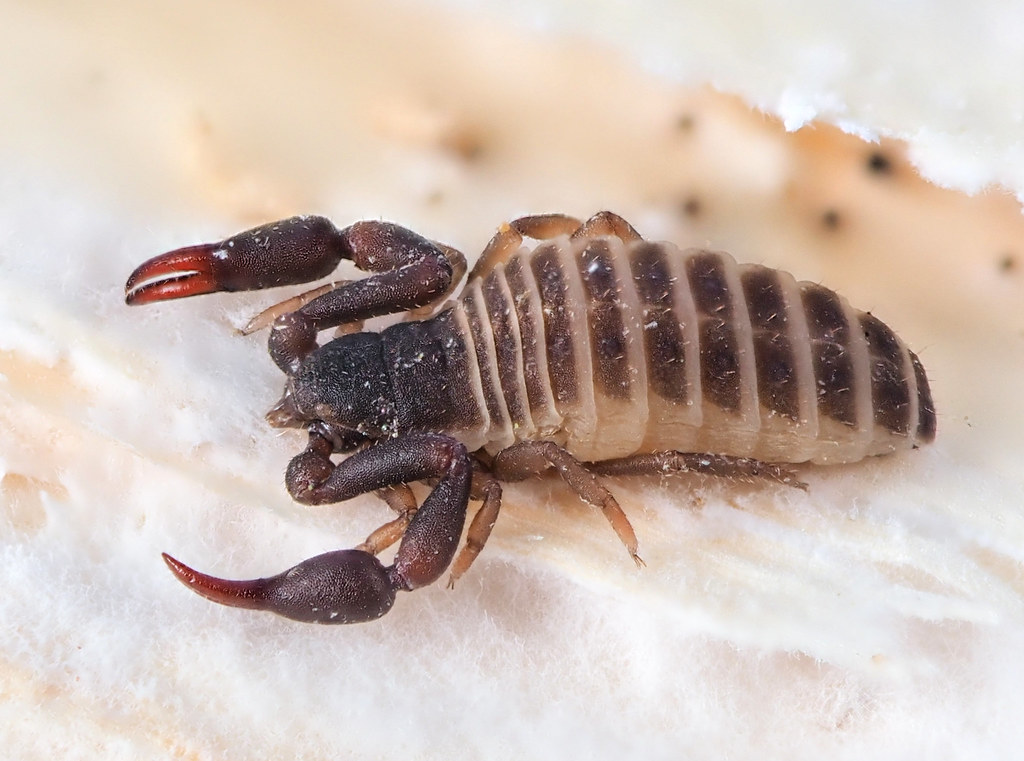
While spiders get all the credit for silk production, pseudoscorpions have been quietly weaving their own silken masterpieces for millions of years. They produce silk from glands located in their chelae, using it to create protective shelters during molting periods. This silk is remarkably strong for its size and serves multiple purposes beyond just protection.
Some species use their silk to create egg sacs, while others weave it into intricate patterns to mark territory or communicate with potential mates. The silk production process is fascinating to observe under magnification, as the pseudoscorpion carefully manipulates the threads with its pincers to create the desired structure.
Ecological Importance: Tiny but Mighty
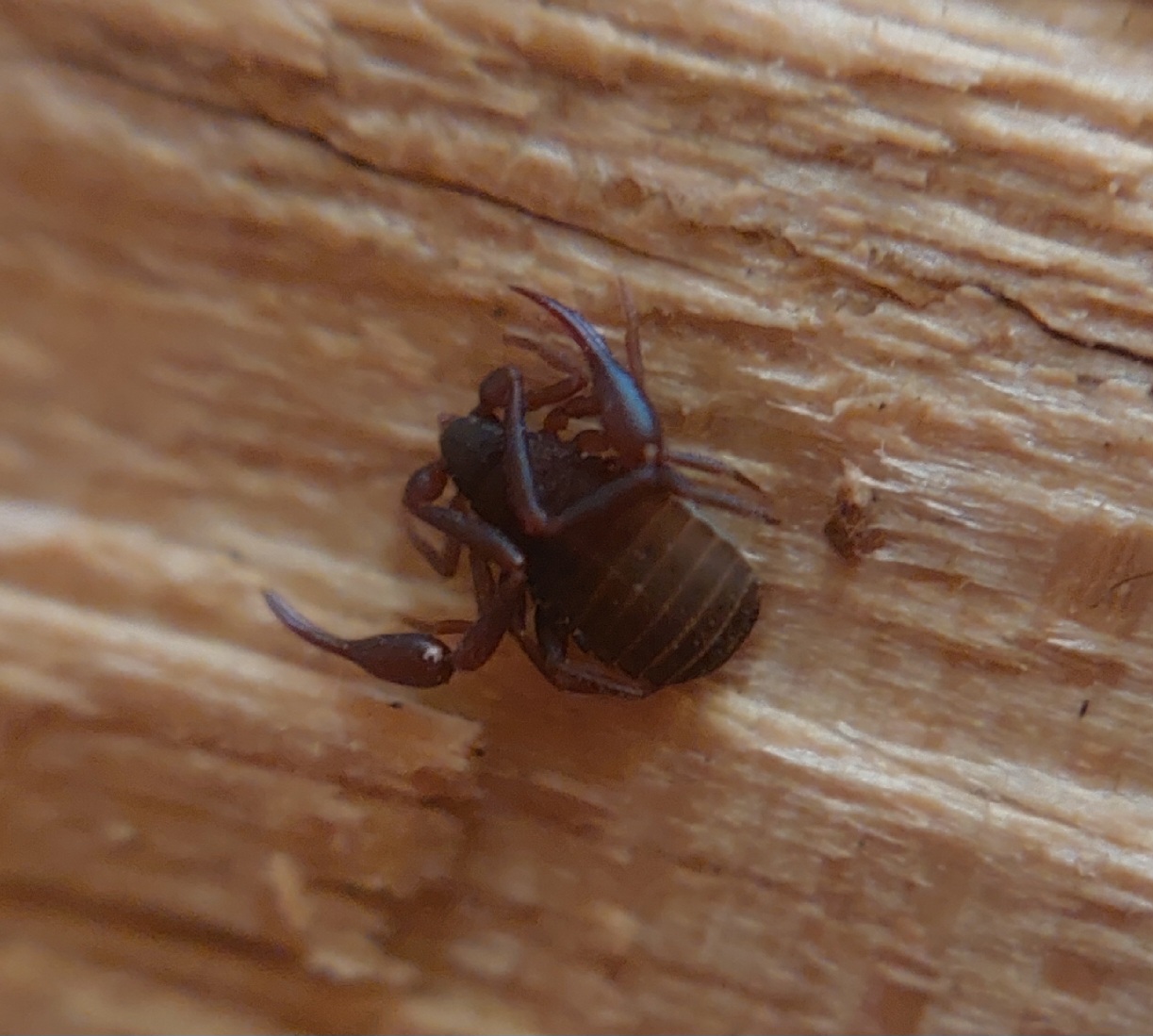
Despite their diminutive size, pseudoscorpions play a crucial role in their ecosystems. They’re voracious predators of pest insects, helping to control populations of booklice, carpet beetles, clothes moths, and other household nuisances. In forest ecosystems, they help maintain the balance of decomposer communities by preying on mites and springtails.
Their presence often indicates a healthy ecosystem, as they’re sensitive to environmental changes and pollution. Scientists sometimes use pseudoscorpion populations as indicators of habitat quality, particularly in forest and cave environments where they’re most abundant.
Species Diversity: A World of Variations

The pseudoscorpion family is incredibly diverse, with over 3,000 described species worldwide. Each species has evolved unique adaptations to their specific environments. Cave-dwelling species often have elongated appendages and enhanced sensory organs, while those living in desert environments have developed specialized water conservation mechanisms.
Some of the most remarkable species include the book scorpion (Chelifer cancroides), commonly found in libraries and homes, and the giant pseudoscorpion (Garypus titanicus), which can reach lengths of up to 12 millimeters. Each species tells a different story of evolutionary adaptation and survival.
Defense Mechanisms: More Than Just Looks
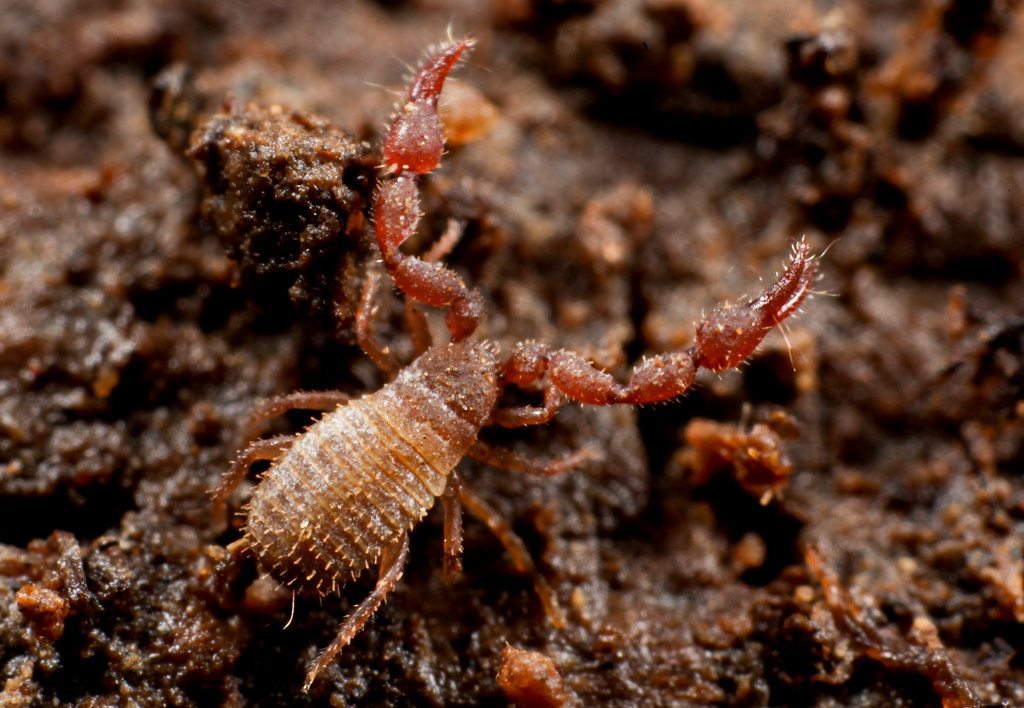
While their scorpion-like appearance is their primary defense mechanism, pseudoscorpions have developed several other strategies to avoid becoming someone else’s meal. When threatened, they can autotomize – deliberately shed limbs to escape predators, similar to how lizards drop their tails. The lost limb will regenerate over subsequent molts.
They also produce defensive chemicals through specialized glands, creating noxious secretions that deter potential predators. Some species can even produce sounds by rubbing body parts together, creating vibrations that may serve as warning signals to other pseudoscorpions or potential threats.
The Molting Process: Growing in Armor
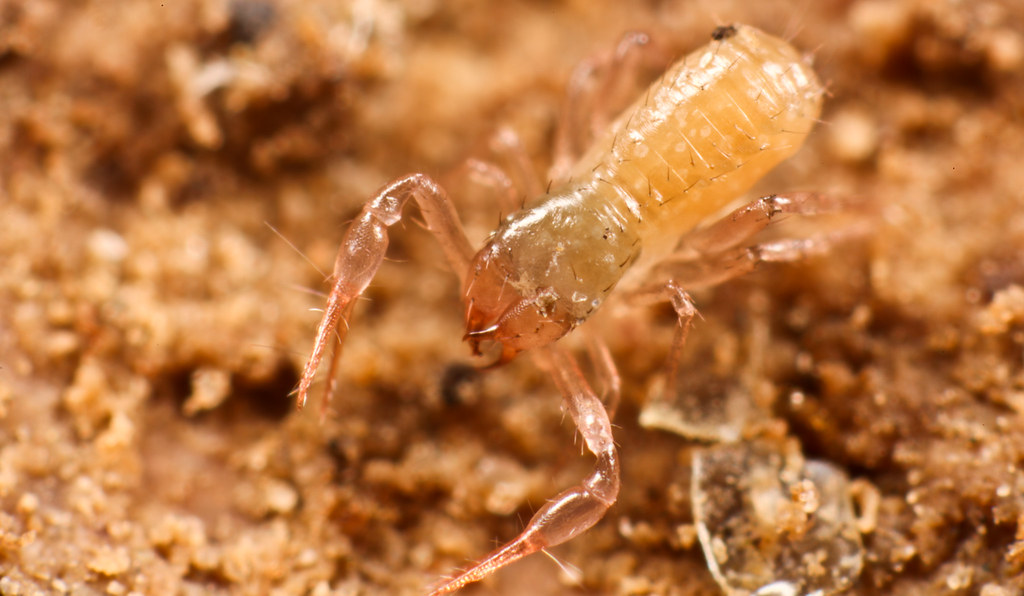
Like all arthropods, pseudoscorpions must shed their exoskeleton to grow, a process called molting or ecdysis. This is perhaps their most vulnerable time, as they emerge soft and defenseless from their old shell. During this period, they construct silk chambers where they can molt safely, away from predators and environmental hazards.
The molting process can take several hours, during which the pseudoscorpion is completely helpless. Once the new exoskeleton hardens, they emerge larger and often with enhanced coloration. Young pseudoscorpions typically molt three to four times before reaching adulthood, while adults may continue molting throughout their lives.
Indoor Encounters: When Worlds Collide

Finding a pseudoscorpion in your home isn’t necessarily cause for concern – in fact, it might be a good sign. These creatures are excellent pest controllers, hunting the very insects that can damage your books, clothing, and stored food. They’re completely harmless to humans, as their tiny pincers and mild venom are designed for prey much smaller than us.
Common household species include the house pseudoscorpion and the book scorpion, both of which have adapted remarkably well to indoor environments. They prefer areas with high humidity and plenty of hiding spots, which is why they’re often found in basements, bathrooms, and among stored items.
Research and Scientific Discovery

Scientific research on pseudoscorpions has revealed fascinating insights into evolution, behavior, and ecology. Recent studies have used advanced imaging techniques to study their silk production in detail, revealing complex molecular structures that rival those of spider silk. Researchers have also discovered that some species exhibit remarkable longevity, living up to several years in laboratory conditions.
Genetic studies have helped clarify the evolutionary relationships between different pseudoscorpion families, revealing that their scorpion-like appearance evolved independently multiple times. This convergent evolution demonstrates the effectiveness of the intimidating appearance as a survival strategy.
Conservation: Protecting the Invisible
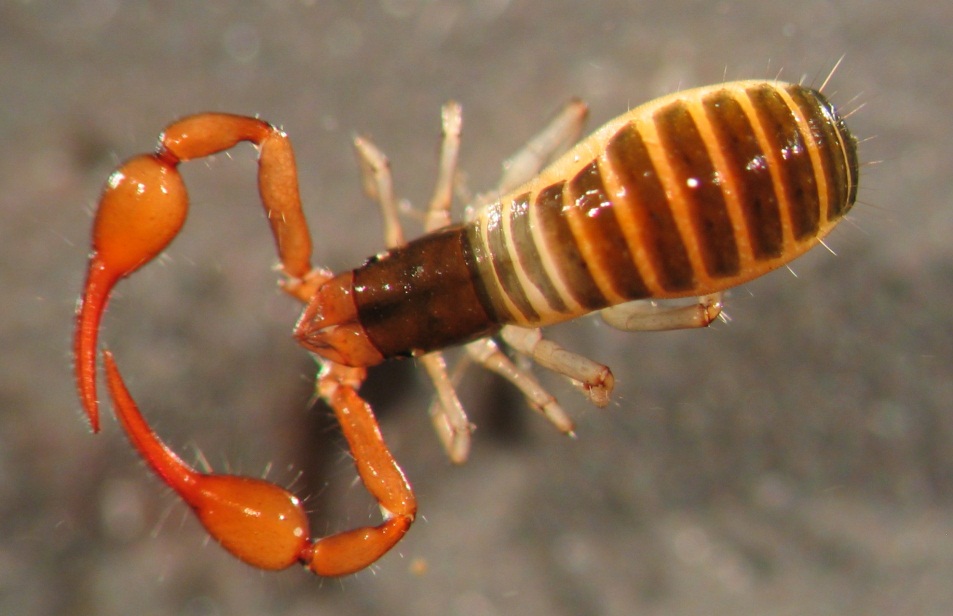
Many pseudoscorpion species face threats from habitat destruction, climate change, and human activities, yet they receive little conservation attention due to their small size and secretive nature. Cave-dwelling species are particularly vulnerable, as their specialized habitats are easily disturbed by human activities. Urban development and intensive agriculture have also impacted many species by destroying their natural microhabitats.
Conservation efforts for pseudoscorpions often focus on protecting entire ecosystems rather than individual species. Maintaining healthy forest floors, preserving cave systems, and reducing pesticide use all contribute to pseudoscorpion conservation. Some researchers advocate for including these creatures in biodiversity assessments, as their presence indicates ecosystem health.
Conclusion: Small Creatures, Big Impact
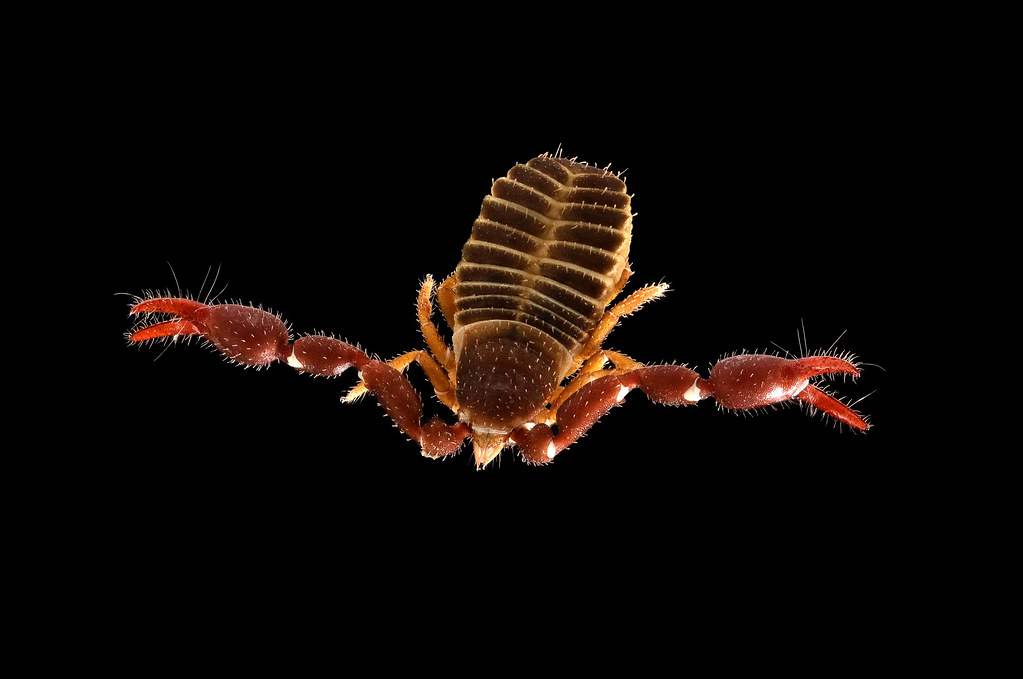
The next time you encounter a tiny creature that looks like a miniature scorpion, take a moment to appreciate the remarkable evolutionary story it represents. Pseudoscorpions demonstrate that in nature, appearances can be deceiving, and sometimes the most effective survival strategy is simply looking like something you’re not. These ancient arachnids have been perfecting their art of deception for hundreds of millions of years, thriving in environments from tropical rainforests to your own bookshelf.
Their story reminds us that some of nature’s most fascinating creatures are hiding in plain sight, waiting to be discovered by those curious enough to look closer. In a world where we often focus on the largest and most charismatic animals, pseudoscorpions prove that incredible complexity and beauty can be found in the smallest packages.
What other miniature marvels might be sharing your living space right now, just waiting to surprise you with their hidden talents?
